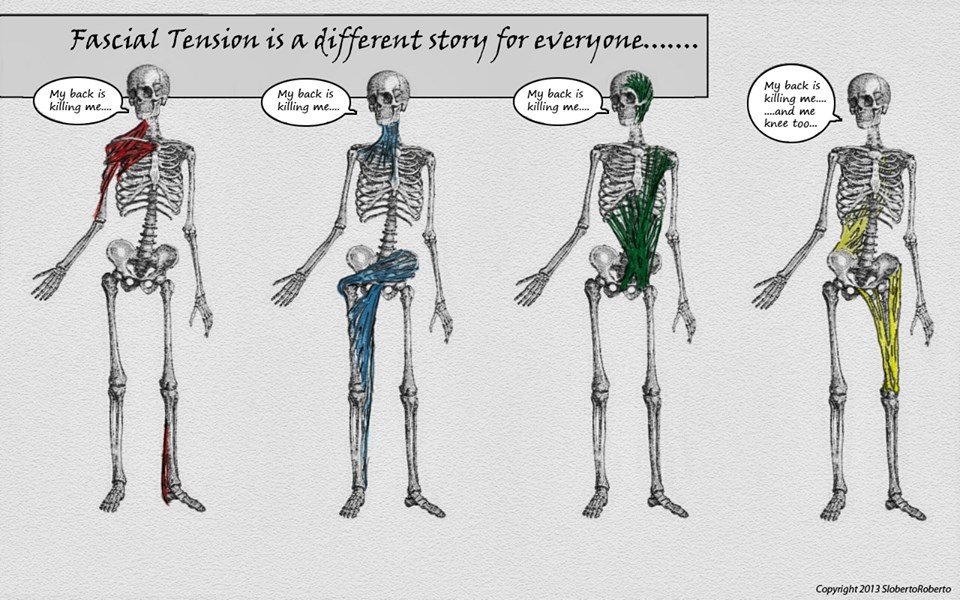Myofascial release was developed by John F. Barnes, PT. This approach is a hands-on method that addresses fascial restrictions with gentle sustained pressure that is safe and never forces.
When fascia is released, the body’s own natural fluidity is restored and painful bracing patterns are returned to the way we were designed, free flowing, light, and at ease.
The three pillars of JBMFR are structural release, unwinding, and rebounding.
These pillars are integral to incorporate into a total body wellness approach to address the physical, emotional, and bracing patterns that are preventing patients from participating in a symptom free, active lifestyle.
Once the body feels safe enough to relax, true healing is able to occur which leads to long lasting relief from symptoms.
Fascial restrictions are caused by trauma, micro-trauma, scar tissue, poor posture, and inflammation which lead to faulty movement patterns.
Fascial restrictions can cause tensile pressures of up to 2000 pounds per square inch and do not show up on any type of standardized medical testing.
The fascial system is connective tissue that runs continuously from the top of your head all the way down to your toes.
It can get bound up anywhere along the way and that tightening can cause many types of different symptoms.
To the untrained clinician, fascial restrictions can create bizarre symptoms that are seemingly unrelated.
Traditional therapy tends to follow textbook algorithms and often miss the importance of long fascial restrictions that are most likely contributing to seemingly unrelated symptoms.
Each individual will have a different pattern and will require an individualized treatment approach to restore the balance in their system.
We are highly trained JBMFR clinicians that are able to listen to the body’s rhythm, find the restrictions, and allow for the body to soften, elongate, and reorganize itself in a more orderly way.
Check out the illustration below by a fellow JBMFR clinician, Rob Crampton, LMT, and owner of James River MFR, which shows that all fascial patterns are unique to the individual.



